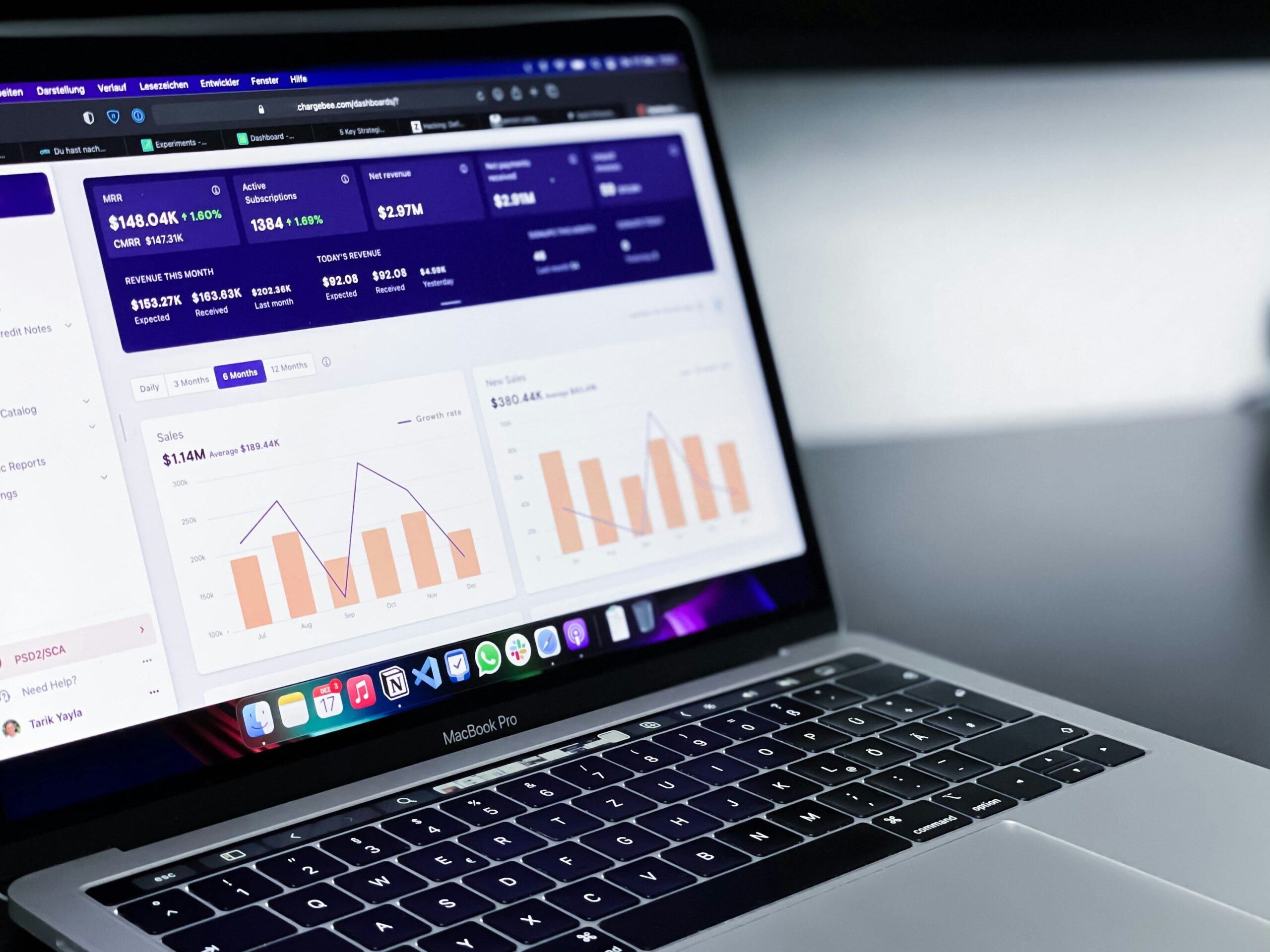
This is a forum of fascinating insights about relevant matters that could directly affect your business.
We invite you to read and enjoy the curated content, often, and at your own pace.
Just like we do.

Marketing Strategies in Uncertain Economic Times (Tariffs)

5 Key Questions to Ask About Your Marketing Strategy (Yes, It’s About the Data)
In today’s competitive landscape, marketing success isn’t just about creativity or great storytelling—it’s about data. Data fuels strategic decision-making, helps optimize performance, and ensures that marketing efforts align with business […]
Read More
Finding the Sweet Spot: Optimizing Ad Spend for Maximum Impact
Every business wants to increase revenue while maximizing their bottom line. In digital marketing, achieving both simultaneously presents a significant challenge. At some point, every channel has a breaking point […]
Read More
TribalVision Announces New CEO, Ushering in Next Phase of Growth
BOSTON, MA – TribalVision, a leading strategy and demand generation-focused digital marketing agency, announces the appointment of Stefan Willimann as its new Chief Executive Officer following its recent acquisition. Willimann […]
Read More
The Ultimate B2B Marketing Budget Framework: A Step-by-Step Guide
Plan your B2B marketing budget like a CMO. Download our agency's free marketing budget planner.
Read More
Client Spotlight: Prep Expert
From Spreadsheets to Sales Hub: How a Shark Tank Company Increased Their Transactions by 153% With HubSpot When an ed-tech company was in need of a sales system that could […]
Read More
Navigating HIPAA Compliance: Crucial Considerations for Digital Marketers
In today’s digital landscape, marketers face the challenge of creating effective campaigns while ensuring compliance with industry-specific regulations. For in-house teams or agencies working with healthcare companies, the Health Insurance Portability […]
Read More
The Power of Ideal Client Profiles (ICPs) in B2B Marketing
Do you know who your best clients are, and why they’re so valuable? If not, you’re likely wasting time and money on high client turnover and mistargeted ad spend. In […]
Read More